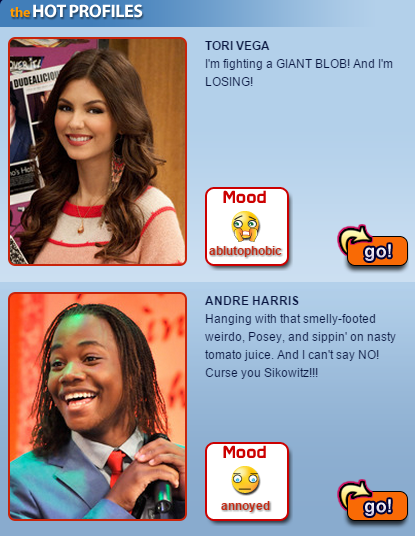In the age of the internet, we often do not know (and often do not even consider) the accuracy of online information. With the connectivity of the internet, information sharing has exploded, a phenomenon most appropriately analyzed through the concept of collective intelligence, or “the ability to pool knowledge and compare notes with others towards a common goal” (Jenkins) In the weblog entries, “What Wikipedia can Teach us about the New Media Literacies” (parts one and two), media scholar Henry Jenkins analyzes the ways in which we use, edit, and share information in the massive online Encyclodia Wikipedia. I will now discuss the topics Jenkins analyzes in context of the Wikipedia article on Harvey Milk.
Harvey Milk, the self-proclaimed “Mayor of Castro Street” was the first openly gay person to be elected to public office in a major U.S. city (San Francisco). As an avid fan of the biopic Milk (2008) and biography The Mayor of Castro Street by journalist Randy Shilts, I found the article to more or less give an accurate representation of the Harvey’s life and his societal impact. On the “Talk” page of this article, it even says that this is “a featured article; it … has been identified as one of the best articles produced by the Wikipedia community.” However, even on this acclaimed article, close analysis will show worrisome features of the article, in both the content and its revision history.
First, in a simple survey of the article, I found multiple instances of statements in which the information was ambiguous and likely would create an incorrect impression of the facts to someone reading the article, reflecting Jenkins’s observation of the “Transparency Problem” or “the challenges young people face in learning to see clearly the ways that media shapes our perceptions of the world” (Jenkins). One particular example in this article (pictured below) can be found under the section “Tributes and Media” where the article states the the biopic Milk took fifteen years to make, implying to most readers a solid fifteen years of production. However, further research or previous knowledge will tell that the film had failed scripts and was abandoned in the 1990s, only finally picked back up in 2007 for production. This ambiguous statement of fifteen years in the article is just one cases of the Transparency Problem as readers will often just accept statements at face value.
Also, while the article’s status as “featured” and “locked” (editable only by certain users) does promote confidence in information accuracy, this creates a strong divide between the editors and readers of the article, referred to by Jenkins as “The participation gap.” One problem this creates is an uneven balance of power among editors. In the revision history of this article, one particular case of disliked editing was done by user Textorus, who has only edited this article three times, but submitted over 8,000 edits to Wikipedia in total. Despite this strong disapproval of this change, Textorus’s edit went through, removing a context statement, apparently viewed as important by most other editors.

Revision history shows mostly minor edits in the past months, but the very low negative score of Textorus’s edit implies great politics in the area of editing this article, with some contributors having much more power compared to the typical editor or reader.
Sources
“Harvey Milk.” Wikipedia. Wikimedia Foundation, n.d. Web. 08 Mar. 2015.
Jenkins, Henry. “WHAT WIKIPEDIA CAN TEACH US ABOUT THE NEW MEDIA LITERACIES (PART ONE).” Confessions of an AcaFan. Henry Jenkins, n.d. Web. 08 Mar. 2015.
Jenkins, Henry. “WHAT WIKIPEDIA CAN TEACH US ABOUT THE NEW MEDIA LITERACIES (PART TWO).” Confessions of an AcaFan. Henry Jenkins, n.d. Web. 08 Mar. 2015.
“Milk (film).” Wikipedia. Wikimedia Foundation, n.d. Web. 08 Mar. 2015.










